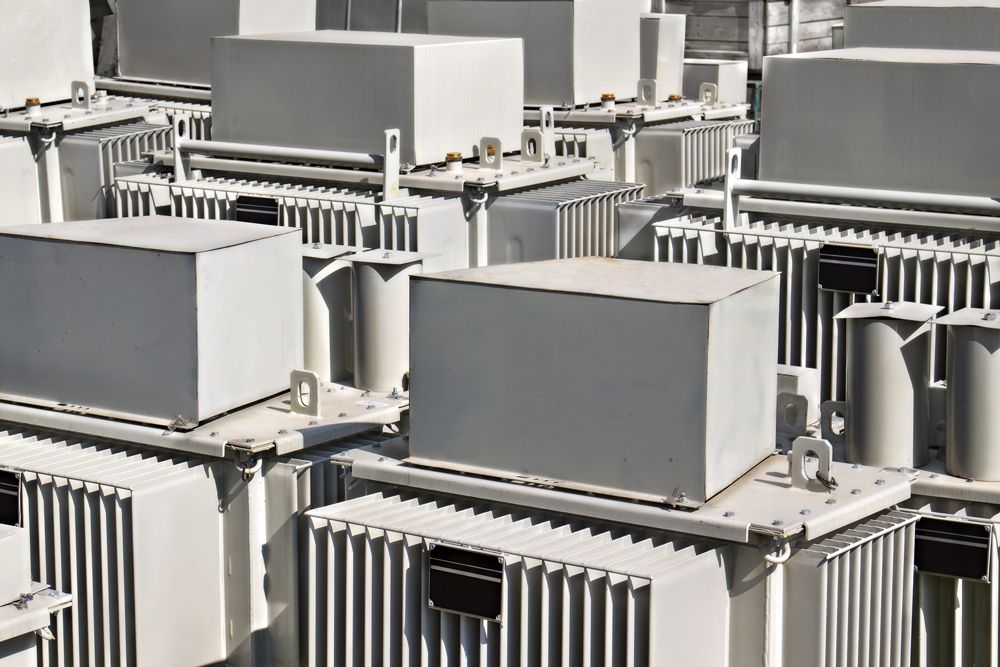10 Types of Mobile Cranes
If you’re just jumping into hauling and construction, getting a firm grasp on the types of mobile cranes at your disposal is important. While some are so specialized that there’s no mistaking what they do, selecting the right crane is the difference between costly mistakes and getting the job done on time and under budget.
Most mobile cranes are simple vehicles with a truss or telescopic boom affixed to a platform. For quick reference, here are 10 types of mobile cranes .
- Pick-and-Carry Crane
A mobile crane designed to travel with a load, the pick-and-carry crane does away with the stabilizers and outriggers of similar models and is able to transport the load over short distances. They can save a lot of time in their ability to perform the lift and move the load, but they are designed to lift only about 10 to 20 tons. That capacity is of course lower with the boom fully extended.
- Rough-Terrain Crane
As the name implies, this type of pick-and-carry crane is mounted on a vehicle with four large rubber tires designed to work off the beaten path. It comes with outriggers to help stabilize the lift in uneven terrain. Four-wheel drive and four-wheel steering generally comes standard, making the crane capable of handling whatever landscape you’ve got with less preparation than a standard truck.
- All-Terrain Crane
The all-terrain model combines the ability to travel at speed on public roads with the off-road capabilities of the rough-terrain crane. It is designed with the maneuverability of the RTC in mind and is generally able to lift in excess of 1,000 tons.
- Sidelifter Crane
This road truck or semi-trailer lifts and transports ISO standard containers. The parallel lift arms are able to hoist containers from the ground or railroad cars onto the deck for transport.
- Carry Deck Crane
This small four-wheel crane has similar uses to the pick and carry crane. It has a 360-degree rotating boom and thrives in confined spaces. It’s able to lift a load and place it on the carry deck and move it short distances to another work space.
- Telescopic Handler Crane
These function a bit like a forklift mounted on the end of a telescopic boom. Many newer models have the boom capable of rotating 360 degrees, making them even more indispensable. These are particularly useful for moving heavy pallets or putting frame trusses on new buildings.
- Crawler Crane
The crawler crane is a crane mounted on caterpillar tracks, giving it supreme stability and mobility. Crawlers are able to handle very heavy loads, are mobile, and require minimal setup since they are so solid they have no need of outriggers. The crawler tracks also make it easy to use on unprepared job sites where the ground may be soft. Their wide base helps to distribute the weight across a greater area, preventing the crane from sinking in the middle of a lift. The big drawback is that they’re difficult and expensive to move from one job site to the next.
- Railroad Crane
With flanged wheels, this crane is designed to traverse railroad tracks. In its most basic form, it’s a crane mounted on a flatcar. These are frequently maintenance cranes and are generally purpose-built to the job at hand.
- Floating Crane
Floating cranes have many uses, but are most typically used in bridge and port construction projects. However, they can also be used to offload difficult loads from ships or even in salvaging sunken ships. In them, the crane is mounted onto a pontoon or a specialized crane barge.
- Aerial Crane
This is a very specialized crane with very narrow use cases. Sometimes called a “sky crane,” it is a helicopter outfitted to lift and transport heavy loads in areas that more traditional cranes cannot access. They’re frequently used for moving loads onto high-rises, in military projects, or in disaster relief areas.
Please use our easy contact form for more info about cranes, rigging, heavy hauling, and transportation equipment. Someone will be in touch with you right away to see how we can help.
The post 10 Types of Mobile Cranes appeared first on H. Brown, Inc..

